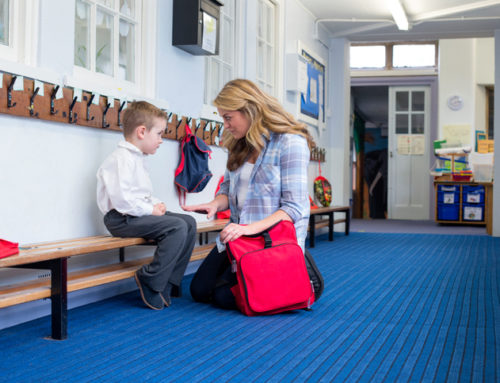We began in the last post here on our Dallas family law blog a discussion of how to avoid some financial pitfalls when you’ve reached the end of a marriage. These included overlooking assets, underestimating one’s expenses post-separation and acting based on emotions during property division.
The family home can be a particularly challenging factor due to the emotional connection which divorcing partners — and children, if any — have with it. If a couple does have children together, a court will generally seek to keep the children along with the parent who is their primary caregiver in the home. It’s also a fairly simple matter if there are no children, and one of the partners purchased the home using separate funds; the home will typically stay with that partner.
If there are no children and the home was purchased by the couple together during the marriage, it becomes more difficult to ascribe a “typical” ruling, as courts have great discretion based on the other factors involved in property division. In the meantime, couples who do not wish to live together during their divorce will need to come to an agreement, as it’s illegal for one to unilaterally kick the other out of the shared home (barring a case where domestic violence is involved).
The other thing to consider is a home’s value, especially since the market bottomed out not so very long ago. A partner who keeps a home that is underwater may be taking on a greater liability than he or she realizes. Consulting with a legal professional during the divorce process can help protect against financial pitfalls like those we’ve discussed this week.




